Industry information
Company News
- Aluminum veneer for exterior walls: the fashionable new favorite of modern architecture
- Ceiling aluminum veneer, creating a new choice for fashionable home decor!
- Customize aluminum veneer to create a new trend of personalized space!
- Aluminum veneer exterior wall, bringing a new level of architectural "beauty"
- Fluorocarbon aluminum veneer: the fashionable "coat" of modern architecture
Industry dynamics
- Aluminum veneer for exterior walls: a fashionable outerwear for urban architecture
- Aluminum light outerwear: an artistic revolution of exterior aluminum veneer
- Ceiling aluminum veneer, the secret weapon to create a new trend in home decor!
- Ceiling aluminum veneer: a magnificent transformation of spatial art
- New favorite of ceiling: Aluminum veneer interprets modern minimalist style
Frequently asked questions
- How to improve the environmental performance of aluminum veneer?
- How to choose to purchase high-quality aluminum veneer?
- How to improve the wind resistance performance of aluminum veneer?
- How to choose the most suitable aluminum veneer material?
- How to store and transport aluminum veneer correctly?
contact us
Mobile:+86 15627778610
Email: 2201229786
Address: No. 5 Binjiang Road, High tech Zone, Zhaoqing City, Guangdong Province
Design concept of aluminum veneer and architectural exterior decoration
- Author: Lesilong Technology (Guangdong) Co., Ltd
- Release time: 2022-03-17 22:50:37
- Click:0

Aluminum veneerAs a new type of building material, it has a unique design concept in terms of architectural exterior decoration. It not only has the advantages of lightweight, high strength, and corrosion resistance, but also can be perfectly integrated with buildings to create unique visual effects. The following will provide a detailed introduction to the design concept of aluminum veneer and architectural exterior decoration.
1、 Minimalist style
The design concept of minimalist style is to pursue a simple, bright, and comfortable living environment. In this style, aluminum veneer can be used for decorating the exterior walls or roofs of buildings, presenting a simple and bright visual effect through simple design and color matching. For example, using white or gray aluminum veneer as exterior wall decoration material can make the building look cleaner and give people a fresh and natural feeling.
2、 Modern style
The design philosophy of modern style is to pursue a fashionable, personalized, and innovative lifestyle. In this style, aluminum veneer can be used for decorating the exterior walls or roofs of buildings, showcasing a modern visual effect through bold design and color matching. For example, using black or red aluminum veneer as exterior wall decoration material can make buildings look more dynamic and fashionable, giving people a strong visual impact.
3、 European style
The design concept of European style is to pursue a luxurious, exquisite, and romantic lifestyle atmosphere. In this style, aluminum veneer can be used for decorating the exterior walls or roofs of buildings, showcasing a strong European style through intricate carvings and intricate patterns. For example, using aluminum veneer with imitation stone texture as exterior wall decoration material can make buildings look more noble and elegant, giving people a romantic and beautiful feeling.
4、 Chinese style
The design concept of Chinese style is to pursue a natural, simple, and harmonious living atmosphere. In this style, aluminum veneer can be used for decorating the exterior walls or roofs of buildings, showcasing the unique charm of Chinese traditional culture through traditional patterns and color combinations. For example, using imitation wood grain aluminum veneer as exterior wall decoration material can make buildings look more rustic and natural, giving people a sense of tranquility and peace.
Aluminum veneer, as a new type of building material, has a unique design concept in architectural exterior decoration. Through different designs and color combinations, various visual effects can be created to meet the needs and aesthetic requirements of different groups of people. In the future, with people's increasing demands for architectural design

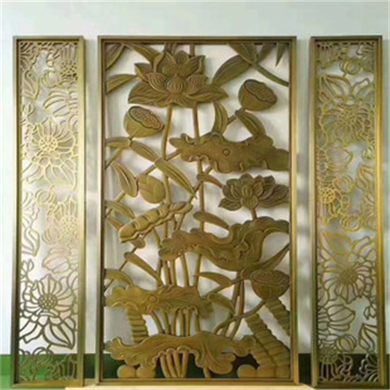
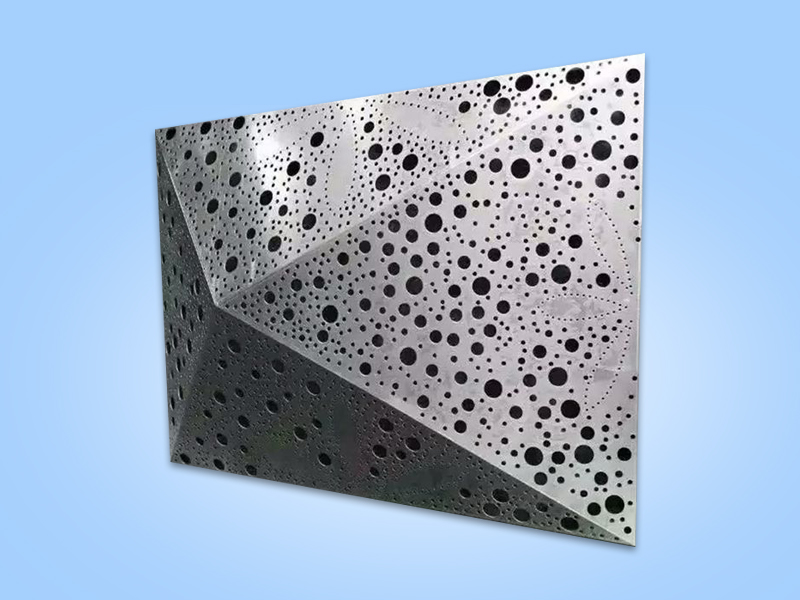
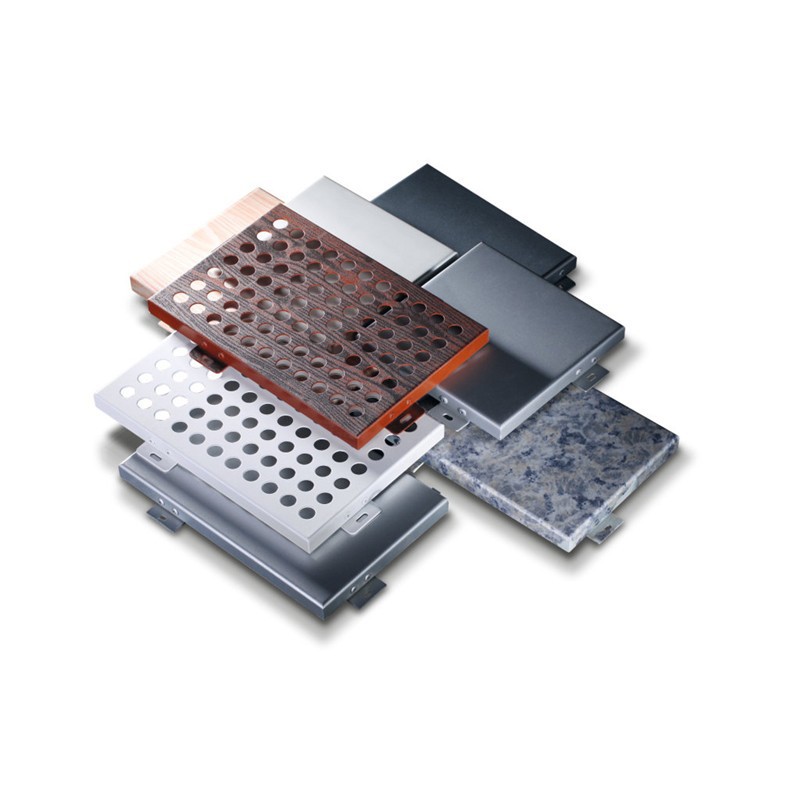
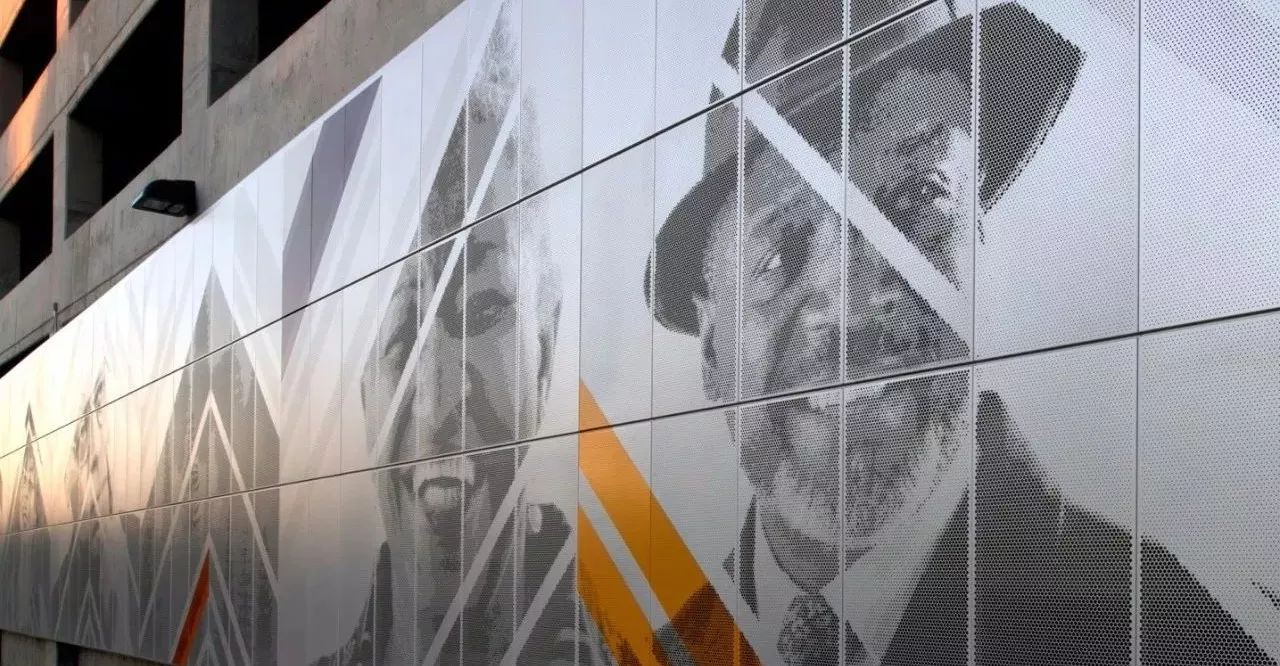
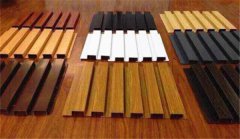

 Customer service QQ
Customer service QQ